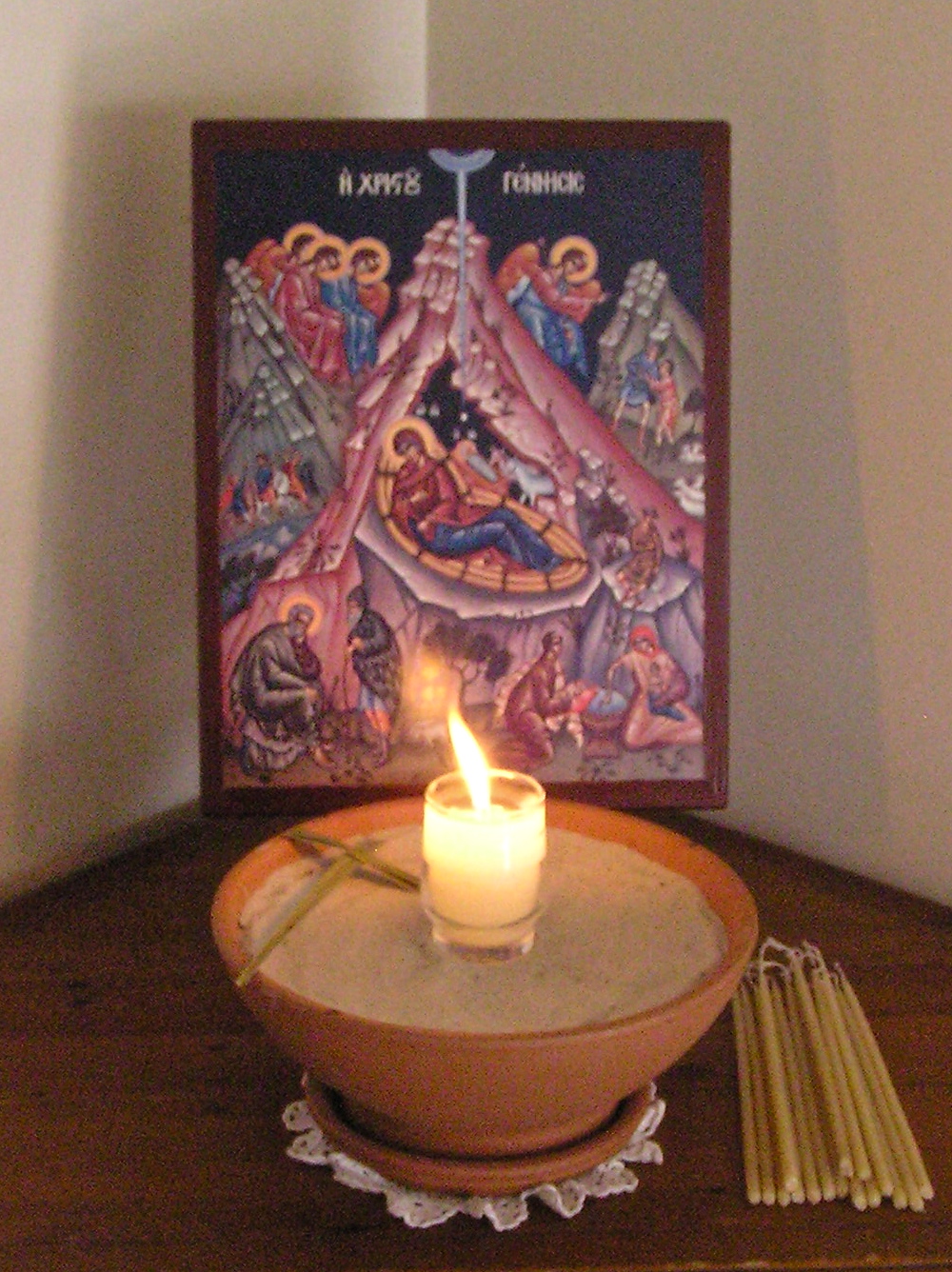The response to my post Enhance Your Spiritual Resilience – Five Practices that Make a Difference made me realize that this is a topic that needs to be fleshed out in more detail. This post is designed to help flesh out some of the practices. It draws from my book Godspace which specifically addresses some of these issues.
According to Christian anthropologist Paul Hiebert there are two types of rituals, habits or practices we need in our lives, what he calls rituals of restoration and rituals of transformation.
Rituals of restoration are the most common. These are the practices that restore our faith in the beliefs that order our lives. They also connect us to and anchor us in the religious communities in which these beliefs are expressed. Restorative practices are highly structured & do not change from day to day or year to year. They reaffirm our sense of order & meaning in the universe, our community & our own lives. Most importantly, they intentionally connect our daily activities to the life, death & resurrection of Christ.
Possibilities include a rhythm of prayer that reaffirms what we believe, sabbath practices, weekly church gathering, taking communion, following the liturgical calendar and the use of liturgical symbols like the sign of the cross, candles, and incense. I even find that writing prayers for Facebook each morning and preparing my blog posts is a stabilizing and restorative ritual.
For me it has been the establishment of rhythms rather than the actual practices that are important. The practices may change but I love to have a regular rhythm to the day, week and year. In fact the breaking of this rhythm is one thing I find destabilizing. Praying each day is an essential part of my faith practice but what those prayers look like can change from day to day and week to week. At the moment I am using The New Zealand Prayer Book each day. It is available on line here. I have just downloaded the morning and evening prayer sections onto my kindle for when I travel, though I much prefer having a physical book in my hands each morning when possible.
Rituals of transformation are characterized by a high degree of creativity & have little repetitive structure. Their goal is to cut through the established way of doing things and restore a measure of flexibility and personal intimacy. In other words they stop our restorative practices becoming boring and stagnant. They enable our faith to grow and change, enabling us to adapt to the passages of life and changes in our culture. In the liturgical calendar, Advent & Lent were specifically designed with this intention. Prayer retreats, conferences and workshops can also accomplish this though these days it seems that such events are more geared towards reinforcing the status quo than changing it. Pilgrimage, Biblically based celebrations like Stations of the Cross can also accomplish this. Prayer walks, mission trips, even walking the labyrinth are all practices that maintain this type of flexibility.
When I was on the Mercy Ship Anastasis, when the ship was ready to sail to a new port, we held what was called a moving of the ark ceremony, harkening back to the fact that the Israelites would only break camp and move when the cloud over the ark of the covenant moved. We celebrated with a special worship service, sharing the good things that had happened in the port we were leaving, sharing communion and then learning a little about the new port we were heading towards as a time of preparation. Another possibility is a celebration like the Reclaiming the Jubilee party held in Hackney, London a few years ago.
I don’t live on a ship that moves every few weeks any more but I have learned the importance of marking milestones in my life journey in similar ways. Acknowledging transitions, looking back with gratitude and forward with anticipation is a wonderful, faith building exercise that all of us should practice on a regular basis.
What are the practices that provide both stability and flexibility in your spiritual life? What are your restorative and transformative habits that shape your faith?

